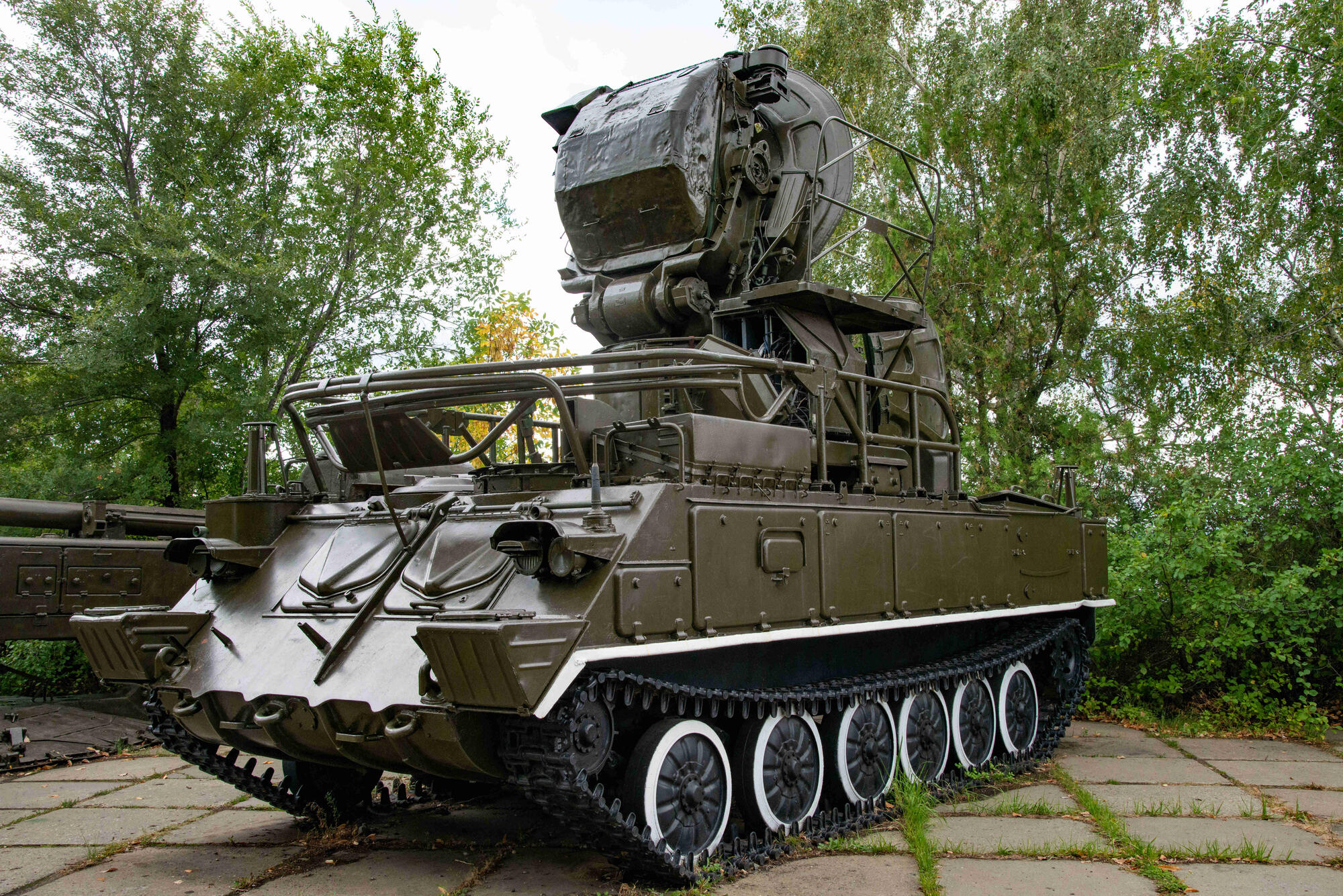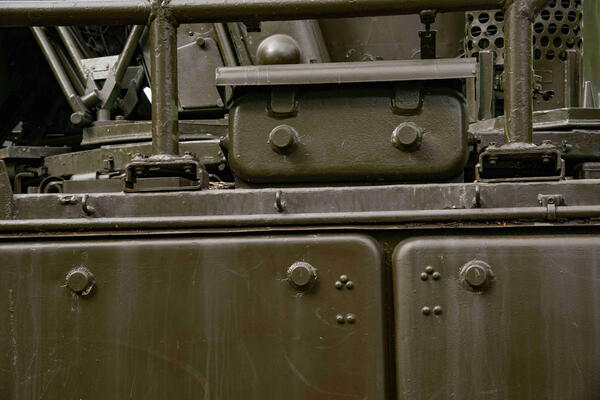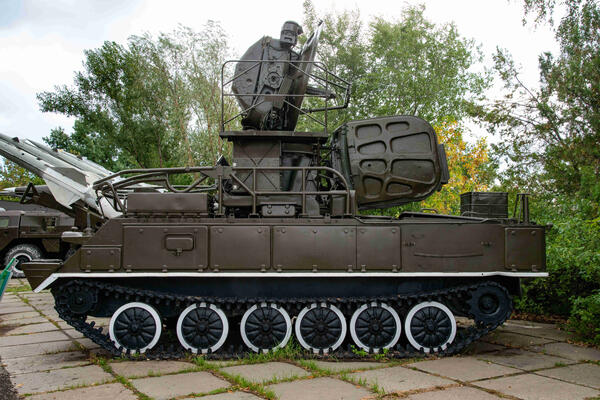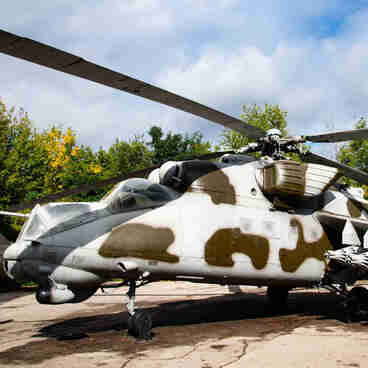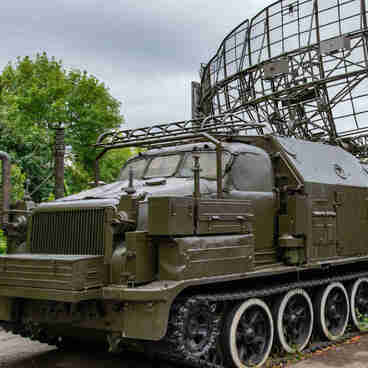The 1S91 surveillance and guidance radar of the 2K12 Kub (“Cube”) self-propelled anti-aircraft missile system was developed at the Scientific Research Institute of Instrument Design in Zhukovsky. The project was led by the Soviet designer Ardalion Ardalionovich Rastov. The station entered service in 1967.
The 1S91 radar was intended for detecting aerial targets, determining their coordinates and point of origin, as well as continuous tracking and illuminating of the one that was chosen for firing.
The station was equipped with the 1S11 target acquisition radar and the 1S31 tracking radar. Those were needed for target identification, navigation, geolocation, reciprocal orientation and telecode communication to send signals to the self-propelled launcher. In addition, a telescopic TV camera, an autonomous power source — a gas turbine for generating electricity, and devices for lifting and positioning the antenna were installed. The radar antennas were placed in two tiers, they could rotate in azimuth independently of each other.
To reduce the height of the 1S91 surveillance and guidance station on the move, the cylindrical base of the antenna devices was removed and placed inside the hull of the tracked vehicle, and the 1S31 antenna was folded down and placed behind the target acquisition station.
The station was mounted on an all-terrain GM-568 tracked chassis with a combat crew of four people. The weight of 1S91 was 20.3 tons. The tracking radar station could lock onto and track the target selected for firing (like an F-4 aircraft) within a range of 50 km.
The target tracking radar was protected from passive interference and reflections from the ground by the moving target selection system, and from active electronic interference — by the monopulse radar for target finding, as well as by an interference indicator and a device for switching of its operating frequency.
When radio-electronic interference restricted the tracking ability of the 1S31 radar, the target could still be tracked by its angular coordinates. They were obtained using the telescopic TV camera, while the information about its range was received from the 1S11 target acquisition radar. By 1982, more than 900 units of all modifications of the 1S91 surveillance and guidance station had been manufactured.
The 1S91 radar was intended for detecting aerial targets, determining their coordinates and point of origin, as well as continuous tracking and illuminating of the one that was chosen for firing.
The station was equipped with the 1S11 target acquisition radar and the 1S31 tracking radar. Those were needed for target identification, navigation, geolocation, reciprocal orientation and telecode communication to send signals to the self-propelled launcher. In addition, a telescopic TV camera, an autonomous power source — a gas turbine for generating electricity, and devices for lifting and positioning the antenna were installed. The radar antennas were placed in two tiers, they could rotate in azimuth independently of each other.
To reduce the height of the 1S91 surveillance and guidance station on the move, the cylindrical base of the antenna devices was removed and placed inside the hull of the tracked vehicle, and the 1S31 antenna was folded down and placed behind the target acquisition station.
The station was mounted on an all-terrain GM-568 tracked chassis with a combat crew of four people. The weight of 1S91 was 20.3 tons. The tracking radar station could lock onto and track the target selected for firing (like an F-4 aircraft) within a range of 50 km.
The target tracking radar was protected from passive interference and reflections from the ground by the moving target selection system, and from active electronic interference — by the monopulse radar for target finding, as well as by an interference indicator and a device for switching of its operating frequency.
When radio-electronic interference restricted the tracking ability of the 1S31 radar, the target could still be tracked by its angular coordinates. They were obtained using the telescopic TV camera, while the information about its range was received from the 1S11 target acquisition radar. By 1982, more than 900 units of all modifications of the 1S91 surveillance and guidance station had been manufactured.
